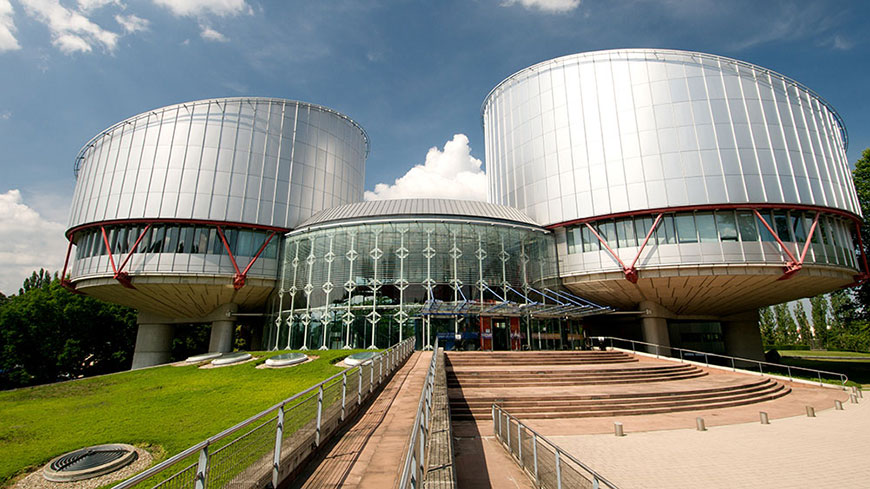Disputes involving privacy interests are not resolved exclusively via privacy and defamation laws. In a number of cases claimants use the Protection from Harassment Act 1997 to control allegedly abusive or other harmful actions and speech affecting their privacy.
Section 2(1) of the Act makes it unlawful to pursue a course of conduct that amounts to harassment of another which he or she knows amounts to harassment. There is a defence of reasonableness under s.1(3). Here, the focus is on the acceptability of behaviour that many would regard as prima facie unlawful or unacceptable, possibly skewing the balance between the claimant’s interests and any free speech defences. This is especially worrying if the defendant is a journalist, or otherwise using their free speech rights to raise matters of genuine public debate.
The European Court of Human Rights has recently given its judgment in Pal v United Kingdom (Application No. 44261/09, decision of the European Court of Human Rights 30 November 2021), holding that UK law had failed to uphold the principles of freedom of expression speech in domestic harassment proceedings.
In Pal, the applicant was a journalist who became involved in a dispute with AB, a barrister and journalist. The dispute led to a series of email allegations and counter-allegations between the two, and a complaint by AB about the applicant’s conduct led to a Prevention of Harassment Letter being served on the applicant. Later, the Metropolitan Police arrested the applicant in Birmingham on suspicion of harassment contrary to s.2 of the Act. The applicant was handcuffed and was detained for approximately seven hours before being bailed. Later, the CPS discontinued the investigation because of insufficient evidence to establish a realistic prospect of a conviction.
The applicant issued proceedings against the Metropolitan Police for assault, unlawful arrest, false imprisonment, malicious prosecution and a breach of Article 10 ECHR, and the County Court judge dismissed the claim. The High Court dismissed the applicant’s appeal and agreed that there had been no breach of Article 10. Her arrest had been found to have been lawful and thus it was difficult to conceive that could give rise to a breach of Article 10. Accordingly, the judge was correct to find no arguable claim that the applicant’s Article 10 rights had been breached.
The applicant then complained that her prosecution, and the manner in which her arrest was carried out, breached Article 10. The European Court accepted that the interference was prescribed by law and that it pursued a legitimate aim – the prevention of disorder and crime or the protection of the rights and reputation of AB, and determined whether it was necessary to achieve that aim. The Court noted that there was no evidence that the balancing of the right to freedom of expression and the right to respect for private life were taken into account prior to the applicant’s arrest or to the subject matter of the applicant’s article and tweets, or whether they could be said to have contributed to a debate of general interest. Accordingly, the Court concluded that the reasons given by the national authorities to justify the appearance were neither relevant nor sufficient.
The decision might be regarded as simply a misapplication of harassment laws, where little or no consideration to free speech rights during her arrest or in deciding her claims. Alternatively, does it indicate a trend with respect to the recognition of free speech norms in harassment cases? As the defendant is accused of an act of harassment, both the police and the courts might start with a presumption that the act is unreasonable. This will have a damaging effect on free speech where the defendant is disseminating information on a matter of public debate; where claimants can sidestep both the public interest defence available in other civil actions and the strong free speech protections given to public interest speech.

Dr Steve Foster
Associate Professor of Law
You can find out more about Steve’s research through his Pure profile, which sets out his research interests, publications, and contact details. You can also find out more about Coventry University’s research through our dedicated research page

